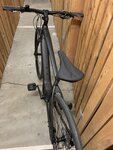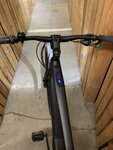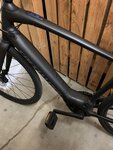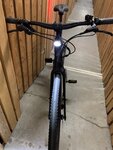Ravi Kempaiah
Well-Known Member
- Region
- Canada
- City
- Halifax
All good points @Ravi Kempaiah . I think the biggest and perhaps only advantage to the Fazua from my perspective is the ability to remove the entire system. That gives the owner some flexibility and perhaps some insurance against the firm's failure. In five years, if Fazua has gone bankrupt and you can't get a battery or new motor, well at least you still have a non-electric bike. Also it might be useful in the MTB world where some trails might not permit eMTBs. But yes, just based on e-performance, the SL system appears much more appealing vs the Fazua system.
So was wondering too what you know of Mahle? I think they are the maker of the motor that Specialized is using in the SL?
Thanks. I heard from folks in the industry that Mahle worked closely with Specialized and developed this motor according their requirements. This was in works for the past 2 years.
I don't have direct experience on that drive system and I will look forward to learning from you guys.
I think it would work very well for you but it is not a system for everyone. It would complement your Trek Allant very well.
Last edited:






